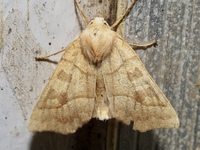
| Recorded by: Merrill Lynch on 2025-10-24
Watauga Co.
Comment: | 
| Recorded by: Merrill Lynch on 2025-10-24
Watauga Co.
Comment: |
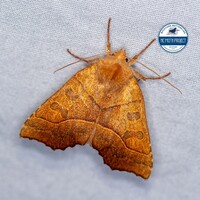
| Recorded by: Lior S. Carlson, Dean Furbish, John F. Jarvis, S. L. Reeves on 2025-10-15
Orange Co.
Comment: | 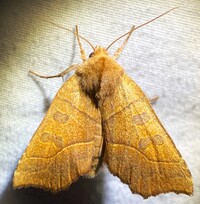
| Recorded by: Lior S. Carlson, Dean Furbish, John F. Jarvis, S. L. Reeves on 2025-10-15
Orange Co.
Comment: |

| Recorded by: Jim Petranka on 2023-11-17
Madison Co.
Comment: | 
| Recorded by: Jim Petranka on 2022-11-05
Madison Co.
Comment: |
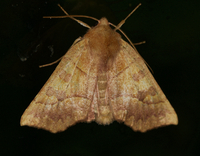
| Recorded by: Jim Petranka on 2022-10-24
Madison Co.
Comment: | 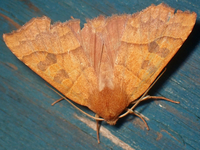
| Recorded by: tom ward on 2021-10-18
Buncombe Co.
Comment: |
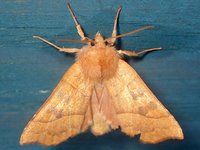
| Recorded by: tom ward on 2021-10-18
Buncombe Co.
Comment: | 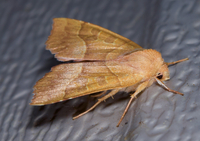
| Recorded by: Jim Petranka on 2020-11-22
Madison Co.
Comment: |

| Recorded by: Jim Petranka on 2020-11-22
Madison Co.
Comment: | 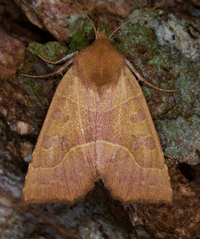
| Recorded by: JIm Petranka on 2020-11-04
Madison Co.
Comment: |

| Recorded by: Jim Petranka on 2020-10-12
Madison Co.
Comment: | 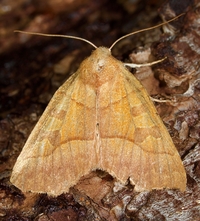
| Recorded by: Jim Petranka and Becky Elkin on 2018-12-01
Madison Co.
Comment: |
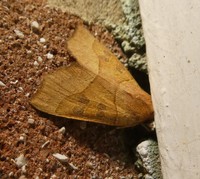
| Recorded by: Simpson Eason on 2018-11-25
Durham Co.
Comment: | 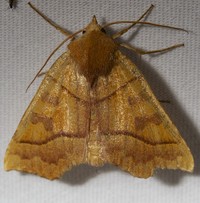
| Recorded by: Jim Petranka and Becky Elkin on 2018-10-31
Madison Co.
Comment: |
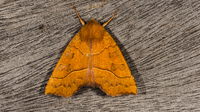
| Recorded by: David L. Heavner on 2018-10-08
Buncombe Co.
Comment: | 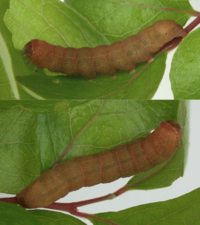
| Recorded by: J.B. Sullivan on 2016-04-12
New Hanover Co.
Comment: Larva on Vaccinium arboreum |

| Recorded by: Paul Scharf on 2013-10-29
Warren Co.
Comment: | 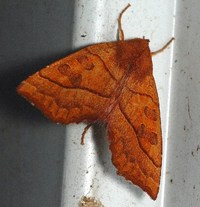
| Recorded by: Paul Scharf on 2011-10-17
Warren Co.
Comment: |
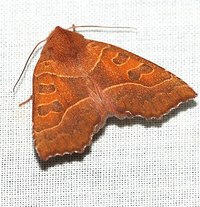
| Recorded by: Paul Scharf on 2009-10-22
Warren Co.
Comment: | 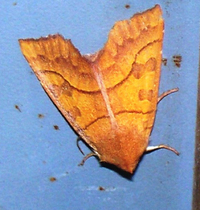
| Recorded by: Taylor Piephoff on 2009-10-20
Mecklenburg Co.
Comment: |
|

 »
»




 »
»


